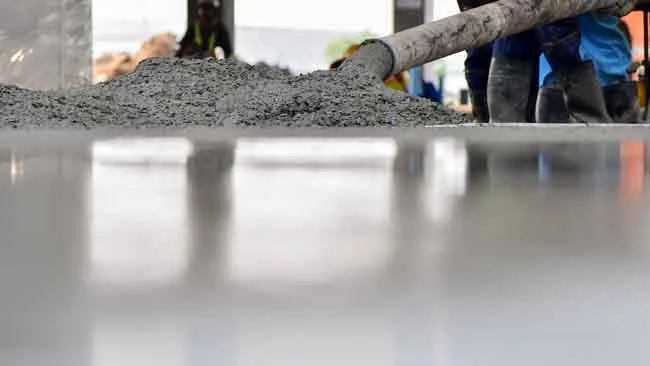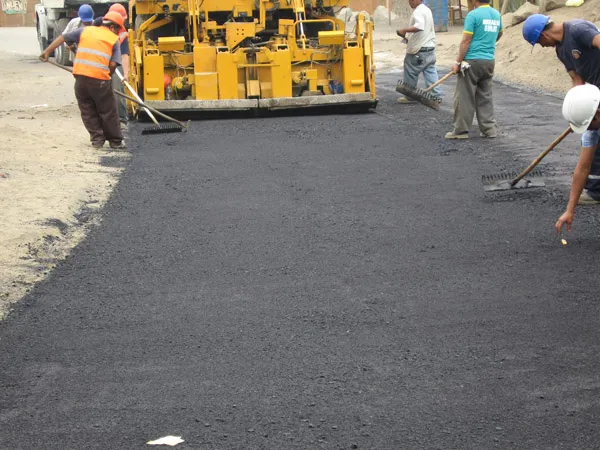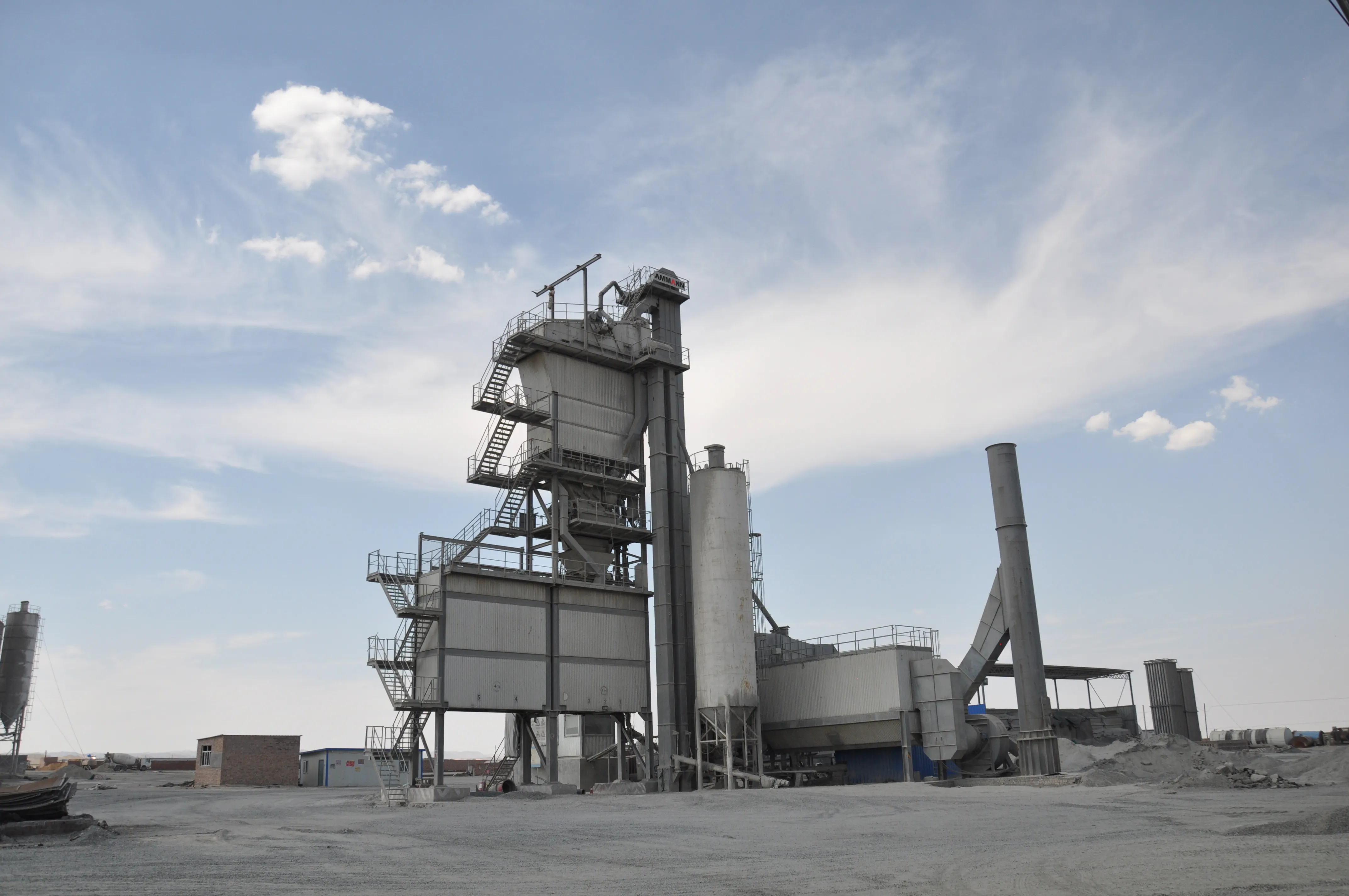
While traditional CEM I blends use virgin clinker to produce the finished cement, Lafarge Endure SR blends Portland fly ash (PFA) with clinker, which results in a lower embodied CO2, as well as improved plastic and hardened properties when used in concrete.
Another benefit of using Lafarge Endure SR over a CEM I blend is its suitability for all ground types. Sulphates in the ground can negatively impact CEM I blends. However, Lafarge Endure SR is resistant to sulphates, allowing contractors and suppliers to scope a wider variety of projects including those that may have previously been hindered by ground type.
Once hardened, Lafarge Endure SR can be used to DC-4 durability standard and can help increase the life of the structure thanks to its resistance to carbonation and chloride and sulphate attack. This makes it ideal for practically any situation, from producing ready-mixed and precast concrete, to marine, grouting and tunnelling applications.
Steve Curley, commercial director at Aggregate Industries, said: “As its name suggests, Lafarge Endure SR is designed to dramatically increase the longevity of the concrete it forms a part of. It is a great solution for contractors that want to reduce the environmental impact of their build while simultaneously improving its life span.
“In addition to its lower embodied CO₂, Lafarge Endure SR uses 10 per cent less water than CEM I to reach workable consistency and offers improve pumpability and mixing efficiency. Each of these benefits adds up to a cement that is truly forward-thinking.”









